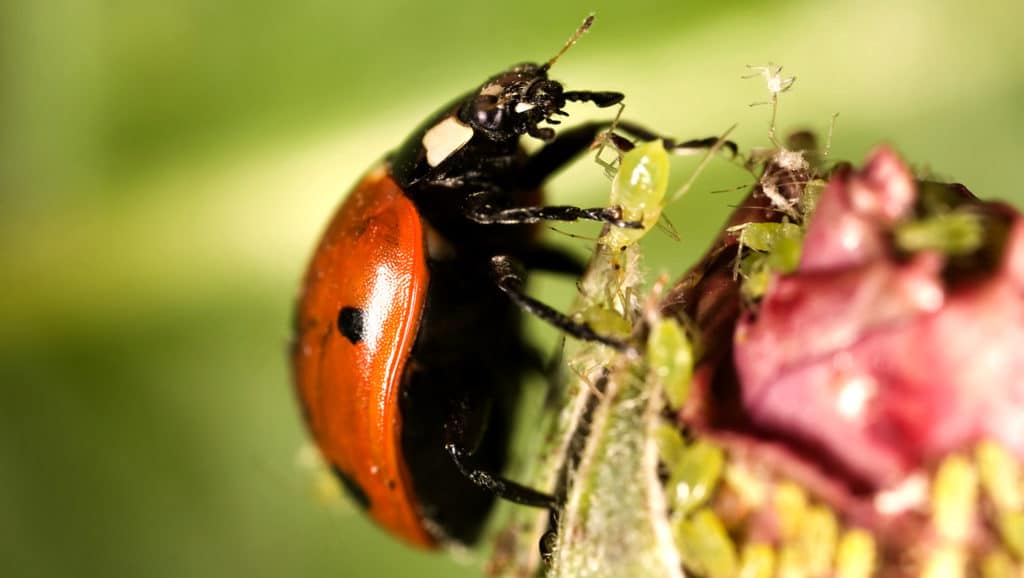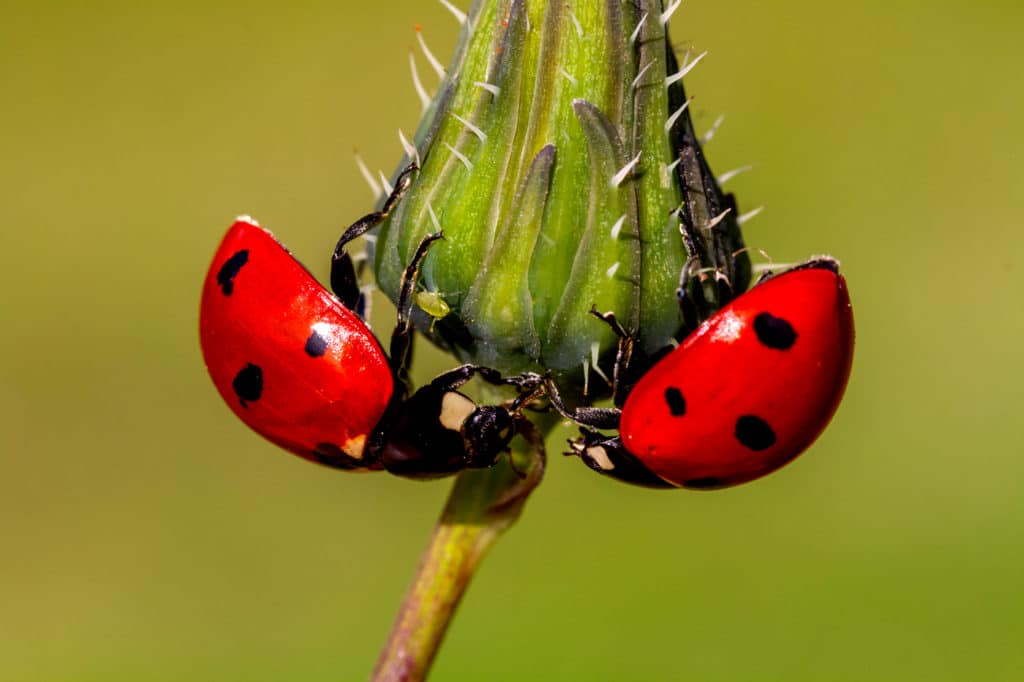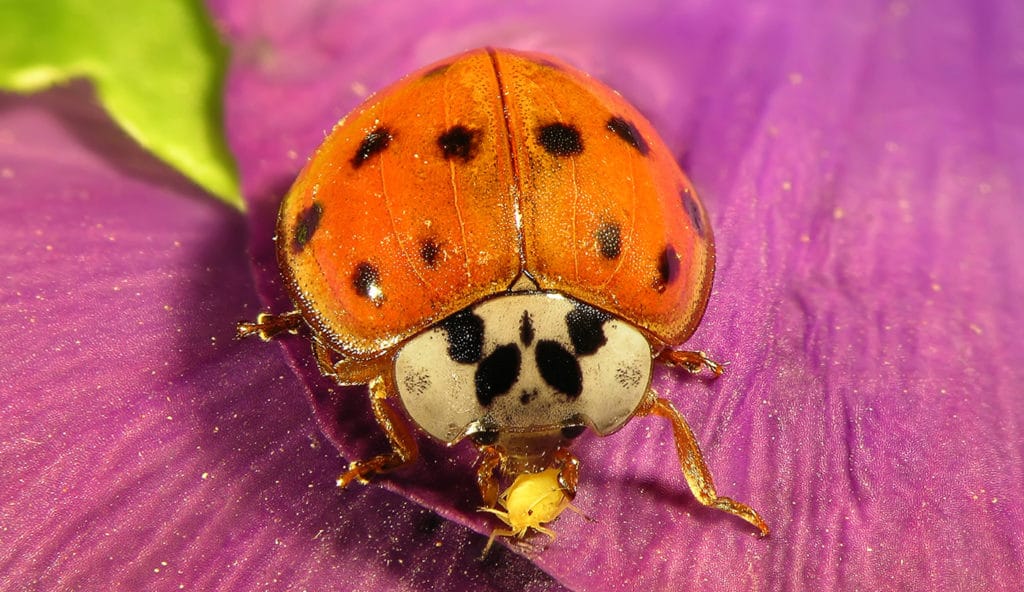6 Reasons to Use Live Ladybugs to Help Your Garden Thrive
One of our most frequently asked questions is where do our ladybugs come from? Ace Hardware in California uses a brand called Organic Control. They are committed to harvesting ladybugs sustainably right here in the United States. Organic Control ladybugs are from the Hippodamia convergens family and are native to the Sierra Nevada Mountains of California. By utilizing sustainable and safe methods for the ladybugs they keep their bugs native and the local ecosystem remains undisturbed. And these beauties come out of the container ready to munch on all of the aphids they can right in your own backyard!

Have you considered releasing ladybugs soon in your garden? Here 6 tips for a more effective pest control cycle:
- Water the garden and spray your plants to give your ladybugs a drink
- Release small groups of ladybugs in the evening when it is cooler
- Release near pest insects if you’ve spotted an infestation
- Release them at the base of plants and shrubs
- Mist the ladybugs in the container and release toward the lower parts of infested trees
- Get up close and watch your ladybugs devour aphids and other critters – you won’t bother them

A few boxes of live ladybugs, if deployed correctly, can clean a medium-sized garden from an aphid infestation within 48 hours.
Here’s the main tip for releasing ladybugs: a cool evening is the best time to release these little beauties. Watering your garden and misting the leaves with water beforehand is also a fantastic way to ensure they are hydrated as they go in hunt of the pests that may be in your garden. After ladybugs have eaten their fill, they fly away in search of other pests to eat in higher elevations, up to 9,000 feet above sea level.
Reasons to use beneficial insects:
- Helps you keep a chemical-free garden
- No neonicotinoids that will harm bees and other beneficial insects
- You help provide a home for natural predators of pest insects
- They won’t disturb Earthworms as they enrich and aerate soil
- Ladybugs are people, pet, and planet-safe
Other fun Ladybug facts:
Ladybugs mate in the spring and lay yellow eggs in clusters of 10 to 50 on the underside of leaves. Ladybugs prefer to eat aphids and will devour up to 50 a day, but they will also attack scale, mealy bugs, boil worms, leafhopper, and corn earworm. They dine only on insects and do not harm vegetation in any way. When the mighty ladybug larvae emerge from their eggs they will eat about 400 aphids during their 2.5-week cycle. That means you saved your plants and vegetables a lot of hardship during the formative growing cycle, and you were able to do it all naturally!


